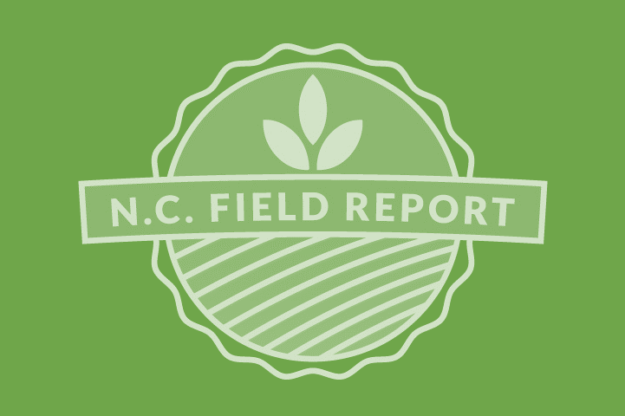2017 Soybean Yield Contest
Now that we have escaped the wrath of Irma and Jose it’s finally time to start thinking about soybean harvest. Overall, the NC soybean crop looks to be in decent shape thus far. If we can get through the season with a few more timely rains and avoid any more hurricanes, yields in the state…
Details


